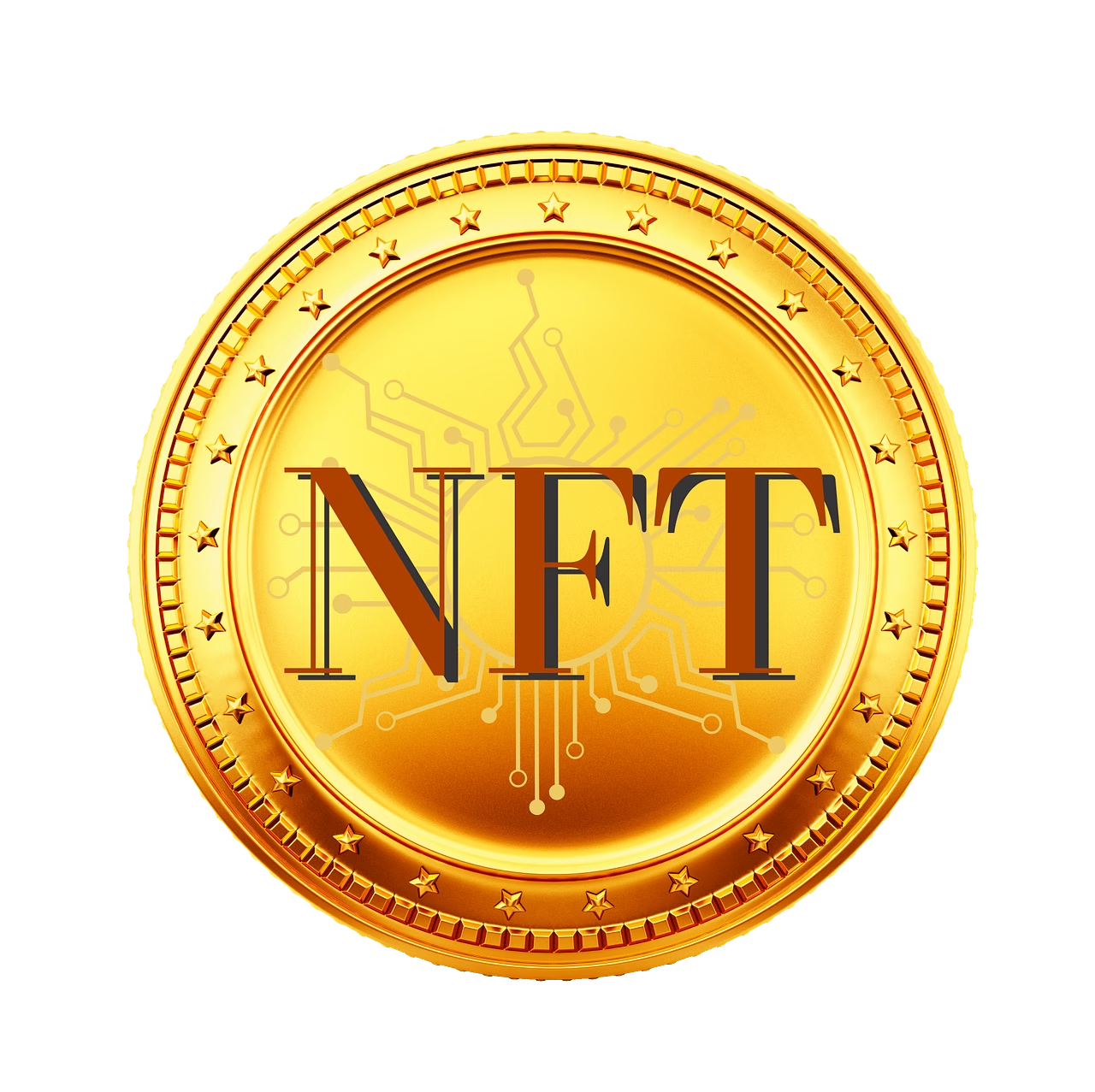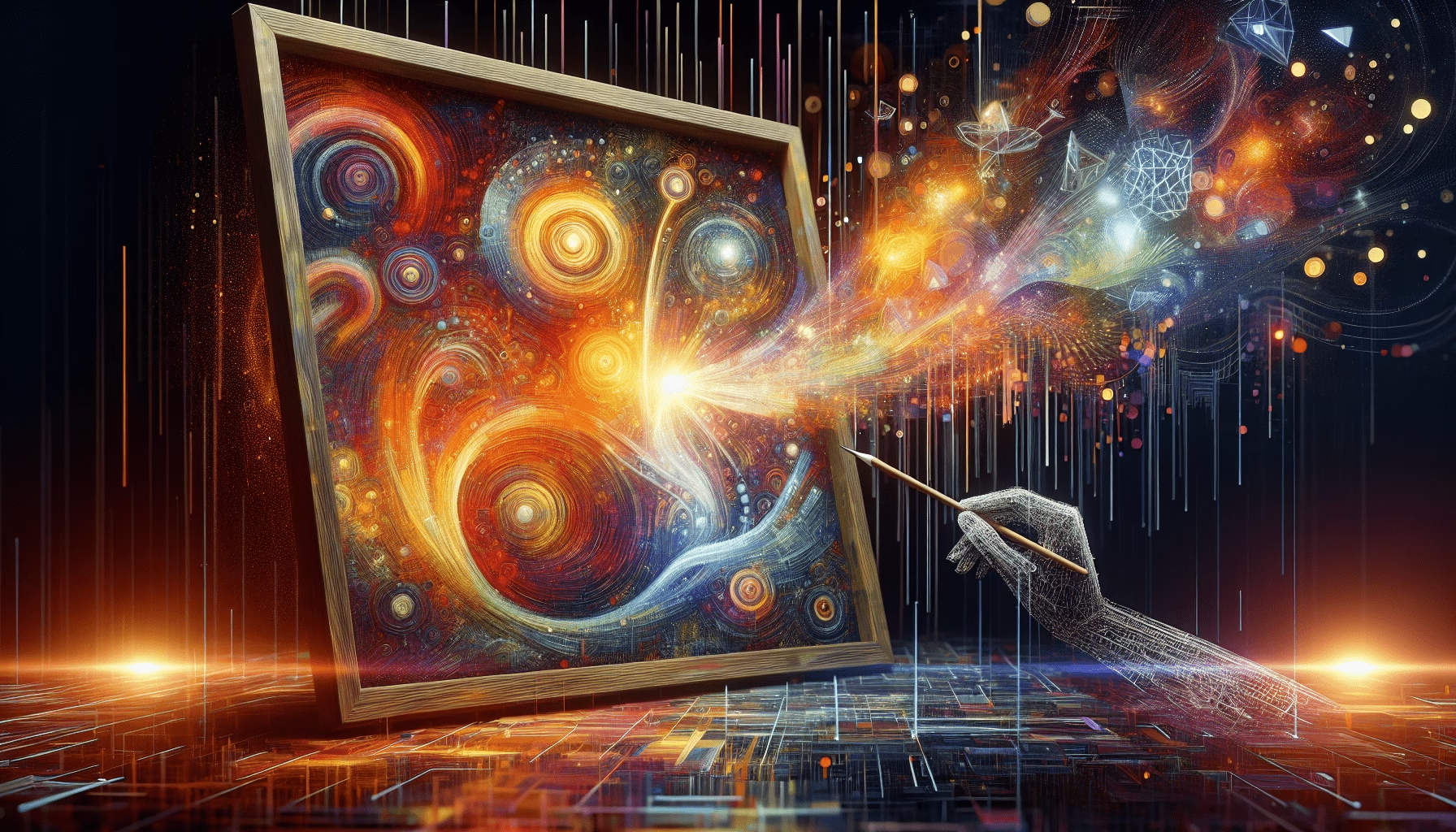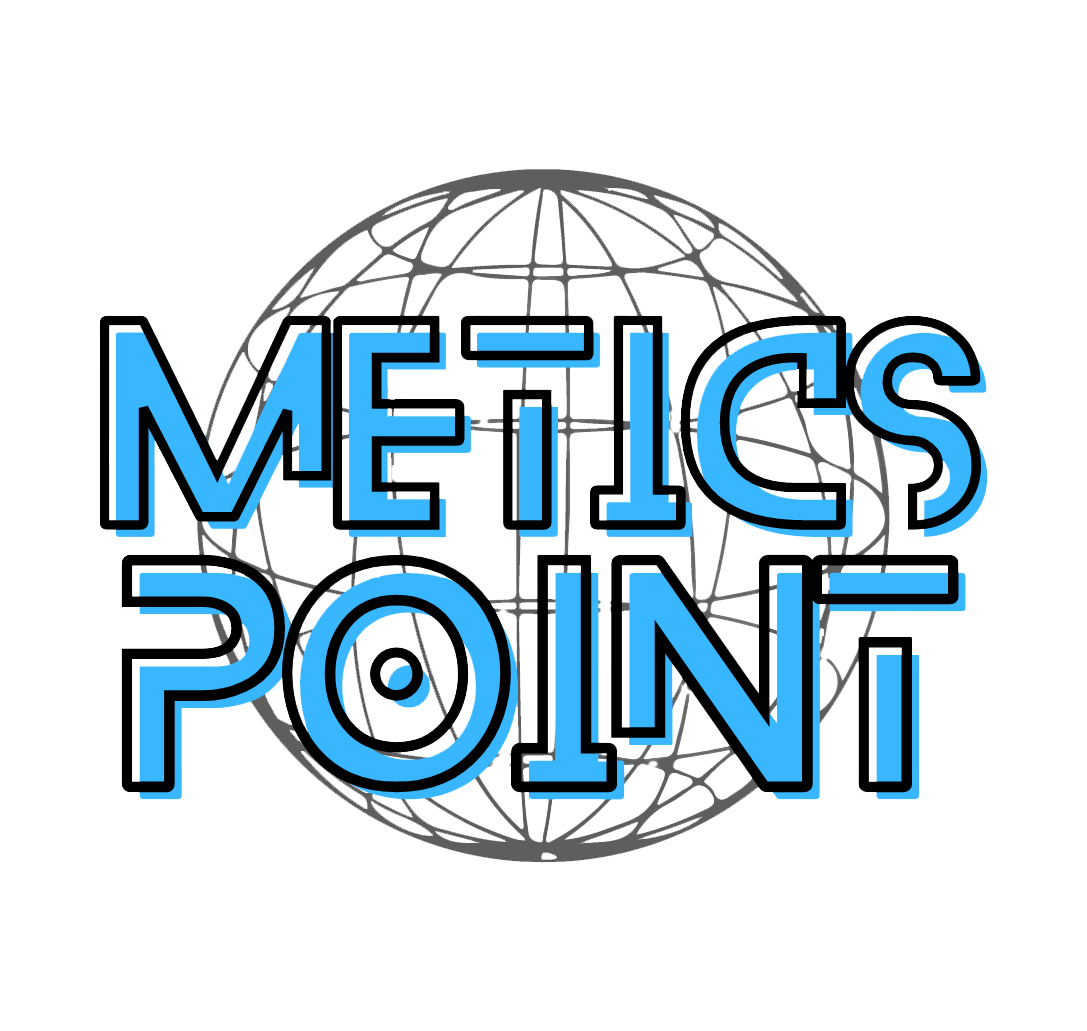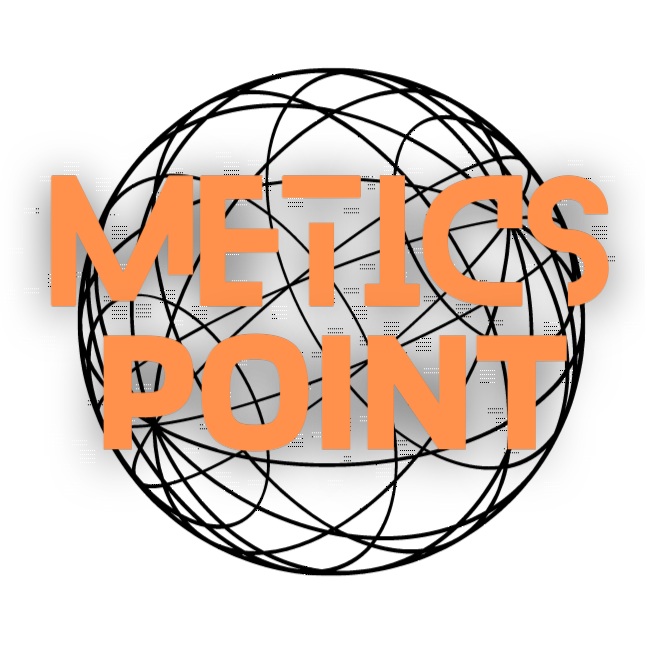Have you ever considered starting an NFT art collection, but felt held back by the perceived high costs involved? You’re not alone. Navigating the world of non-fungible tokens (NFTs) can be daunting, particularly if you are operating on a shoestring budget. There is good news, though: with careful planning, strategic choices, and a good understanding of the market, starting your NFT art collection doesn’t have to break the bank.
NFTs have revolutionized the way we perceive, create, and collect art. These digital assets are coded on blockchain networks to assure their uniqueness and originality, much like digital fingerprints ensuring authenticity. The early days of NFTs are reminiscent of the initial phases of art movements in history—RIpe with opportunities for those ready to explore this new avenue.
This article provides a comprehensive guide on how you can embark on this exciting journey, even if you’re mindful of your finances. We will discuss everything from understanding the fundamentals of NFTs, choosing platforms that align with your financial scope, engaging with communities, evaluating potential purchases, and more. The aim is to equip you with actionable insights and practical steps to help you begin your NFT art journey without breaking the bank.

Table of Contents
Understanding NFTs: A Primer for Beginners
Familiarizing yourself with the concept and mechanics of NFTs is essential before diving into the world of digital art collection. At its core, an NFT is a digital certificate that records ownership of a unique asset, securely stored on a blockchain to verify authenticity and provenance over time.
Origins of NFTs
Much like any revolutionary idea, the concept of NFTs has a fascinating backstory. NFTs were birthed from the world of blockchain technology and quickly gained traction since the launch of projects like CryptoPunks and CryptoKitties. These projects served as pioneering examples, illustrating the potential of NFTs as collectibles, digital art, and beyond.
How NFTs Work
NFTs function on blockchain networks such as Ethereum, which use smart contracts to validate ownership and transactions securely. Unlike cryptocurrencies like Bitcoin or Ethereum, which are identical or “fungible,” NFTs are non-fungible—each one is unique and holds distinct value.
Understanding this foundation not only enriches your knowledge but enhances your appreciation of the art you’ll eventually collect.
Getting Started: Building an NFT Art Collection
Constructing an NFT art collection on a limited budget isn’t about cutting corners; it’s about making informed decisions that maximize value and minimize risk. Here’s how you can begin.
Establishing Your Purpose and Budget
More than anything, there’s value in knowing your ‘why.’ Are you collecting for personal enjoyment, investment, or to support emerging artists? The clarity of purpose invariably guides your choices.
Setting a budget is equally crucial. Determine an amount you are comfortable spending without detracting from essential financial commitments.
Exploring the Right Platforms
In the NFT ecosystem, the marketplace plays a significant role. OpenSea, Rarible, and Mintable are renowned for their user-friendly interfaces and diverse catalogs. These platforms offer a range of price points and auction types, providing opportunities to find hidden gems within your budget. It’s important, however, to choose a platform that aligns with your goals and provides a straightforward purchasing process.
Table: Comparing Popular NFT Marketplaces
| Marketplace | Notable Features | Ideal for |
|---|---|---|
| OpenSea | Comprehensive catalog | Beginners and experts |
| Rarible | Community-driven | Artists and collectors |
| Mintable | Easy minting process | Creators and buyers |
Participating in Community Engagement
The NFT community is a tapestry of artists, collectors, and enthusiasts, each offering a wealth of knowledge and support. Engaging with this community can provide valuable insights into market trends, potential investments, and emerging artists. Platforms like Discord and Twitter are excellent for initiating and nurturing these connections.

Evaluating Art and Artists
In traditional art collecting, understanding the artist’s reputation and the art’s historical context is key to making wise purchases. The same principles apply to NFTs, with the added layer of digital platform presence.
Assessing Art Value
When evaluating potential art pieces, consider factors such as the artist’s biography and past works, the art’s uniqueness, aesthetic appeal, and emotional resonance. A digital certificate provides authenticity, but intrinsic value remains subjective—responding to personal taste and interpretation.
Supporting Emerging Artists
One of the most rewarding aspects of NFT collection is supporting new and emerging artists. By investing early in rising stars, you not only potentially increase your collection’s value but contribute positively to an artist’s career.
Protecting Your Investment
Security is a priority in the digital realm. Protecting your digital assets involves more than securing a physical art piece; it’s about safeguarding your digital wallet and transactions.
Setting Up a Secure Digital Wallet
A digital wallet stores your NFTs and cryptocurrencies. Opt for reputable wallet providers like MetaMask or Ledger, known for their robust security features. Familiarize yourself with wallet functionalities, as mismanagement could lead to irreversible loss.
Staying Informed and Aware
The rapid evolution of the NFT space demands vigilance and adaptability. Regularly updating your knowledge on security practices, market fluctuations, and emerging technologies is vital to sustaining a successful collection.

Analyzing Risk Versus Reward in NFT Investment
While the allure of lucrative returns in NFT investment is compelling, it’s important to balance ambition with pragmatism. Understanding potential risks and constructing a diversified approach enhances your chances of long-term success.
Evaluating Market Trends
Fluctuations in popularity and value are to be expected in any market, and NFTs are no exception. Tracking trends and developments in blockchain technology, digital art, and collectors’ preferences help in making data-driven decisions.
Diversifying Your Portfolio
Avoid placing all your resources in one type of NFT. Diversify your collection to include various themes, genres, and artists. Diversification is a protective measure against market volatility, ultimately fortifying the stability of your investment.
Conclusion: A New Horizon
Starting an NFT art collection on a shoestring budget might seem challenging, but the perspectives gained and potential rewards are profound. By adhering to strategic methodologies and informed choices, you are poised to curate a collection that reflects personal tastes and celebrates the creative ingenuity of the digital age.
As you navigate this captivating world, remember that the true beauty of your collection lies in its unique representation of digital culture and your individual journey within it. Seize this opportunity to engage with modern art in a transformative and innovative way, but always with an eye toward long-term value and personal fulfillment.


